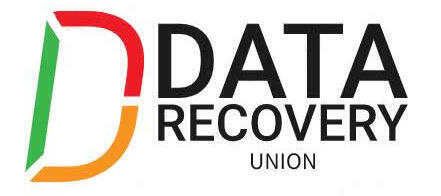
Glossary of Western Digital Hard Disk Drive (Letter T)
TB
Terabyte. One trillion bytes (1000 GB) of data.
TCP/IP
Transmission Control Protocol/Internet Protocol. A set of protocols for communication over interconnected networks. The standard for data transmission over networks.
TCQ
Tagged command queuing. Type of command queuing in which random reads and writes are intelligently ordered to read/write to/from the nearest disk sectors. Intelligently ordered (queued) commands avoid additional revolutions of the hard drive and greatly improve performance.
TFI
Thin-film inductive. A head technology using a thin-film inductive element to read and write data bits on the magnetic surface of a disk.
thin client architecture
A computer system in which data is stored centrally, with only limited storage capacity at its various points of use.
thin film
A coating deposited on a flat surface through a photolithographic process. Thin film is used on disk platters and read/write heads, as well as on the write elements of MR heads.
TLER
Time-limited error recovery. Technology that improves error handling coordination with RAID adapters and prevents drive fallout caused by lengthy error-recovery processes.
TLS
Transport Layer Security. Successor to SSL. See also SSL.
TPI
Tracks per inch. Also known as track density. The number of tracks written within each inch of a disk surface, used to measure how closely tracks are packed on a disk surface.
track
A concentric magnetic circle pattern on a disk surface used for storing and reading data.
track-to-track seek time
The time for a read/write head to move from one track to an adjacent track.
transfer rate
The rate at which a hard drive sends and receives data from a controller. Processing, head switches, and seeks must all be included in the transfer rate to accurately portray drive performance. The burst mode transfer rate is different from the transfer rate, as it refers only to the transfer of data into RAM.
triple interface
An external storage device with three interfaces available for connection to the computer.
TuMR
Tunneling magneto resistive (TuMR) heads. Next-generation head design that provides greater signal output which translates into greater signal to noise ratio, enabling higher storage densities.
two mirror mode
Mode available when four drives are installed in a device. In this mode, two independent RAID 1 volumes are created.




